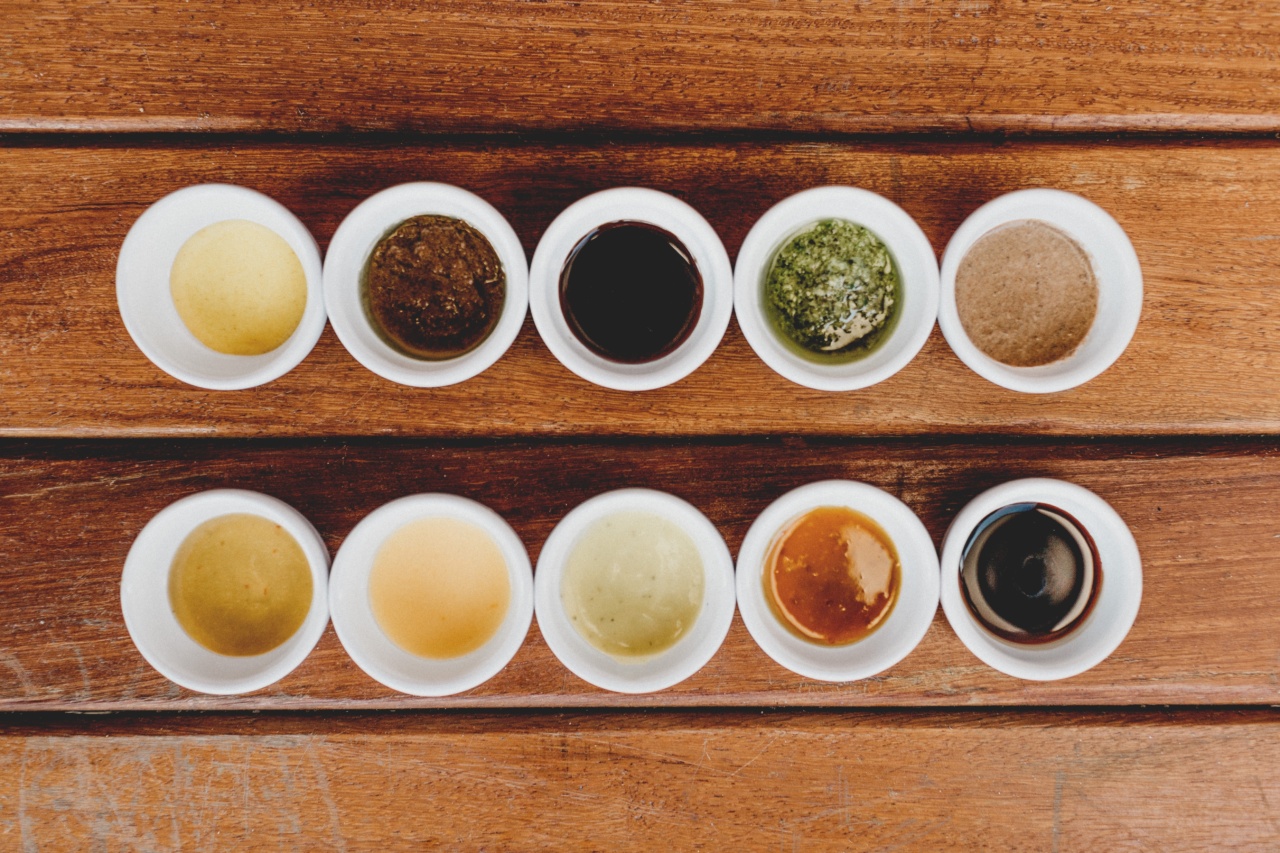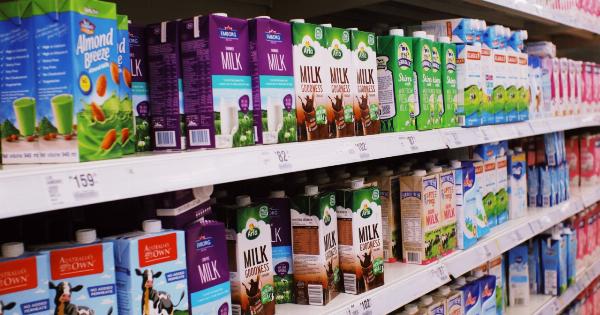Lactose intolerance is a condition where the body is unable to properly digest lactose, the sugar found in milk and other dairy products. This can lead to symptoms such as bloating, gas, and diarrhea.
There are several different types of lactose intolerance, each with different causes and treatments.
Primary Lactose Intolerance
Primary lactose intolerance is the most common type of lactose intolerance, affecting approximately 75% of the global population.
This occurs when the body produces insufficient amounts of lactase, the enzyme responsible for breaking down lactose in the small intestine. Without enough lactase, lactose cannot be properly broken down and absorbed by the body.
Primary lactose intolerance usually develops in late childhood or adulthood, and is more common in certain ethnic groups such as Asians, Hispanics, and African Americans.
Symptoms can vary from person to person, but typically include abdominal pain, bloating, gas, and diarrhea after consuming dairy products.
Treatment for primary lactose intolerance involves avoiding or limiting consumption of dairy products. Lactase supplements are also available over-the-counter and can be taken before consuming dairy to help break down lactose more effectively.
Secondary Lactose Intolerance
Secondary lactose intolerance occurs when lactase production is reduced due to an injury or illness affecting the small intestine. This can include conditions such as Crohn’s disease, celiac disease, or chemotherapy.
This type of lactose intolerance is usually temporary and can improve once the underlying condition is treated.
Treatment for secondary lactose intolerance involves treating the underlying condition that is causing the lactase deficiency. In some cases, lactase supplements may also be recommended.
Developmental Lactose Intolerance
Developmental lactose intolerance occurs in infants and young children who are born with a lactase deficiency. This is usually a genetic condition and is more common in premature infants.
Symptoms of developmental lactose intolerance can include bloating, gas, and diarrhea.
Treatment for developmental lactose intolerance involves switching to lactose-free formulas or breast milk, or using lactase drops to help break down lactose in breast milk.
Congenital Lactose Intolerance
Congenital lactose intolerance is a rare genetic condition where infants are unable to produce any lactase at all. Symptoms can include severe diarrhea, vomiting, and dehydration.
This condition requires close medical monitoring and management, as individuals with congenital lactose intolerance may require special diets and supplements to meet their nutritional needs.
Lactose Intolerance Remedies
There are several remedies and lifestyle changes that can help manage symptoms of lactose intolerance:.
Limit Dairy Consumption
The most effective way to manage lactose intolerance is to avoid or limit the consumption of dairy products. Alternatives to dairy products include lactose-free milk, soy milk, almond milk, and coconut milk.
Non-dairy sources of calcium, such as leafy greens and fortified cereals, can also be incorporated into the diet.
Take Lactase Supplements
Lactase supplements, such as Lactaid, can help people with lactose intolerance digest lactose more effectively. These supplements are available over-the-counter in tablet or drop form and should be taken before consuming dairy products.
Eat Foods That Are Low in Lactose
Some dairy products contain less lactose than others, making them easier to digest for people with lactose intolerance. These include aged cheeses, such as cheddar and parmesan, and cultured dairy products, such as yogurt and kefir.
Avoid High-Fat Foods
Foods that are high in fat, such as ice cream and cheese, can slow down the digestion of lactose and make symptoms worse. Choosing low-fat or fat-free dairy products can help reduce symptoms.
Conclusion
Lactose intolerance is a common condition that can cause discomfort and digestive issues. There are several different types of lactose intolerance, each with different causes and treatments.
By making dietary changes and using lactase supplements, people with lactose intolerance can manage their symptoms and still enjoy a variety of foods.





























